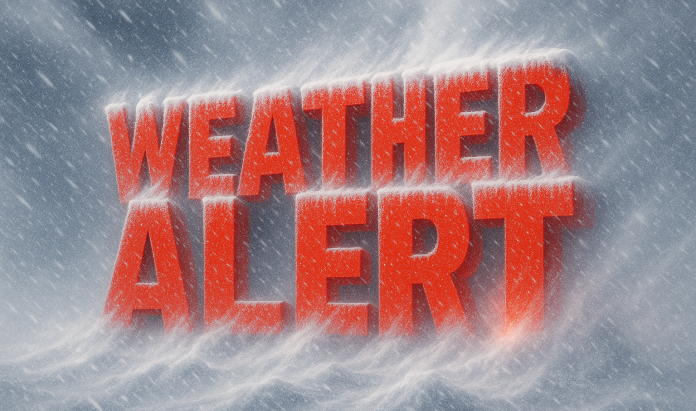SPOKANE, Washington – After a stretch of mild, dry fall weather, Washington is on the verge of a sharp cold turn between November 9 and 15. Arctic air pushing in from British Columbia will combine with Pacific moisture to produce widespread cold and snow — especially east of the Cascades and over mountain passes.
According to the NOAA Climate Prediction Center, Washington will trend below normal in temperature and above normal in precipitation through mid-November. That pattern often brings heavy snow to the Cascade Range, accumulating snow to the Spokane area, and chilly rain for Seattle and the Puget Sound region, with the potential for lowland flakes if temperatures drop faster than expected.
The National Weather Service offices in Spokane and Seattle report that a strong cold front early next week will drop daytime highs into the 30s and 40s east of the Cascades and into the upper 40s and 50s in western Washington. Snow levels could fall below 2,000 feet midweek, making Snoqualmie, Stevens, and Blewett passes hazardous for travel. Blustery winds may also produce blowing snow and low visibility in open areas.
Residents are urged to winterize now — check heating systems, protect outdoor plumbing, and prepare for potential travel delays across mountain corridors. Motorists should keep tire chains ready and monitor WSDOT updates.
With Thanksgiving travel nearing, forecasters say Washington’s upcoming cold snap could mark the start of a stormier, snowier late fall — a clear signal that early winter has arrived across the Pacific Northwest.





